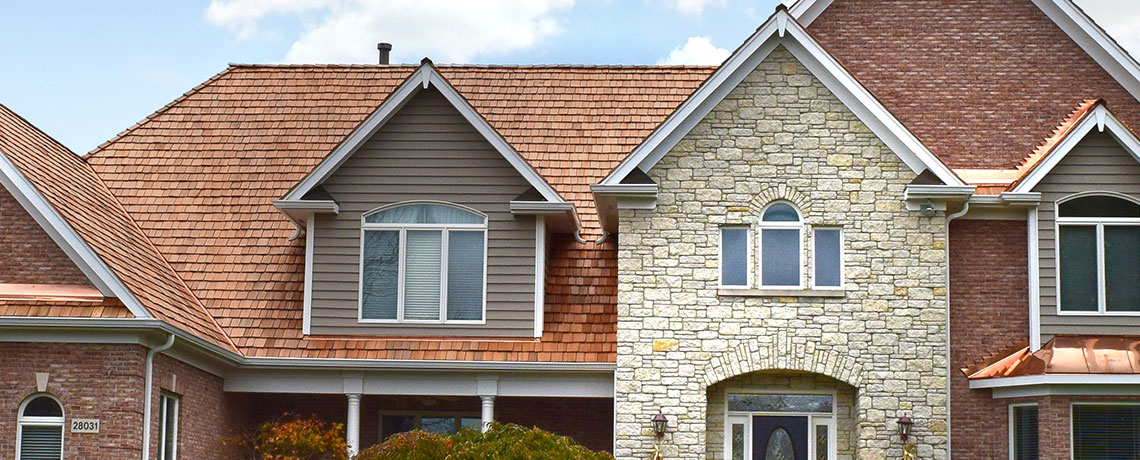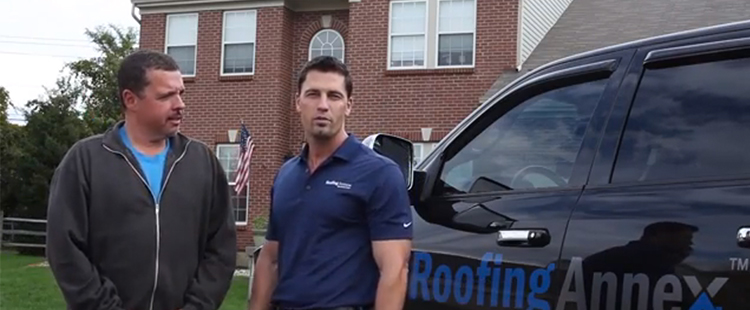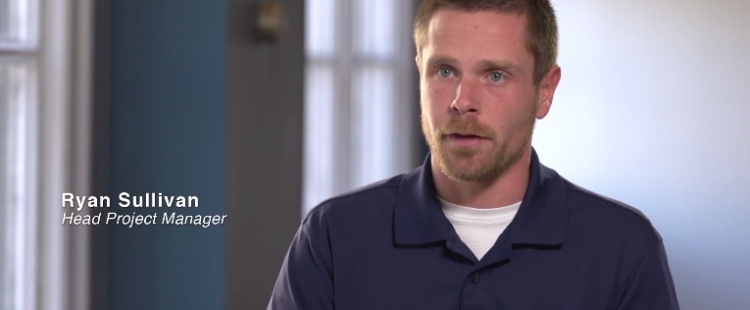Seamless Gutters
Seamless gutters may be your best choice for an inexpensive, long lasting guttering system. There are no breaks in this system, which means that there can be no future leaks and greater overall strength is achieved.
A seamless gutter system can be made in a variety of materials such as: copper, aluminum and galvanized steel―varying in color and style to match your preferences.
Frequently Asked Gutter System Questions:
Why does my gutter overflow?
How many downspouts should I have?
No gutter system has a pre-determined number of downspouts. However, it is industry standard to have 1 standard size downspout (2”x3”) for every 25 linear feet of standard size (5-inch) gutter. This ratio will allow the downspout to drain water from the gutter adequately.
How often should I clean my gutters?
Gutters should be inspected twice a year and cleaned as needed―once in the spring and again in the fall. If there are obstructions caused by any debris, or even a tennis ball, or a baseball that may have made its way into the gutter between inspections—remove it immediately.
What materials are available?
Our standard gutter coil is manufactured by Mastic (formerly Alcoa) and is available in approximately 20 colors for you to choose from.
How do you attach the new gutters?
Older gutters were hung using a long spike and ferrule, which would pull out of the fascia board when the gutter was under a heavy ice/snow load. Today, most gutters are installed using hidden bracket hangers every 18-24 inches. These hangers clip into the front of the gutter, slide over the back of the gutter and use a coarse threaded screw which gets run into the fascia board.
What kind of leaf guard system should I use?
Roofing Annex is proud to provide the suburbs of both Cincinnati & Chicago with the finest exterior restoration and renovation services. Contact us today about our gutter services via phone or by submitting a quote request.
There are countless leaf guard systems available to purchase and they all claim to be the best, with some costing over $20 per linear foot! The most commonly installed leaf guard system that we use is called Leaf Relief which lays flat on top of the gutter. It is secured to the front lip of the gutter with zip screws and has a vinyl seal that fits tightly against the fascia or drip edge. Leaf relief is a solid aluminum sheet that is punched with several small holes to limit the amount of debris that can get through it. We have had great results with this product and it is relatively inexpensive.








